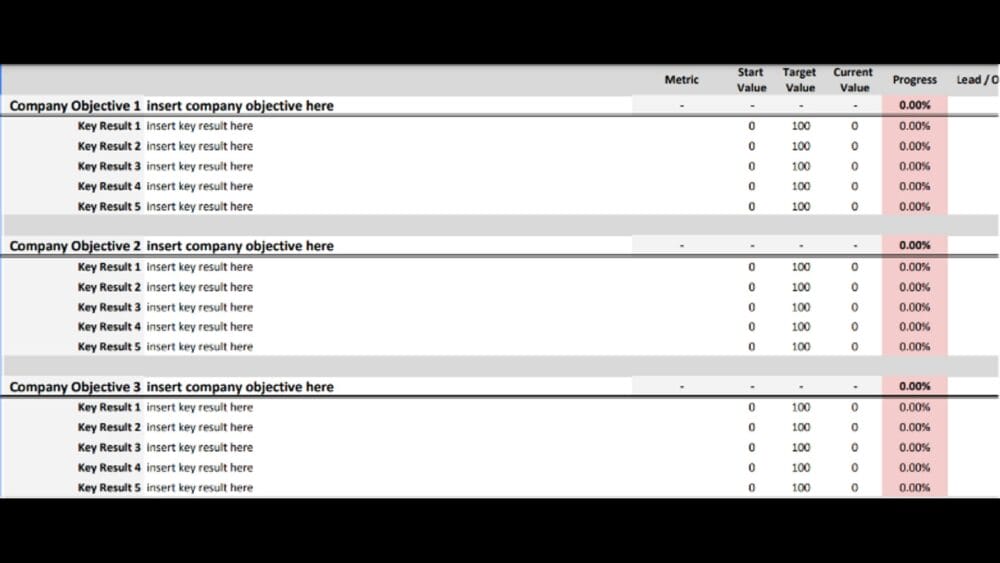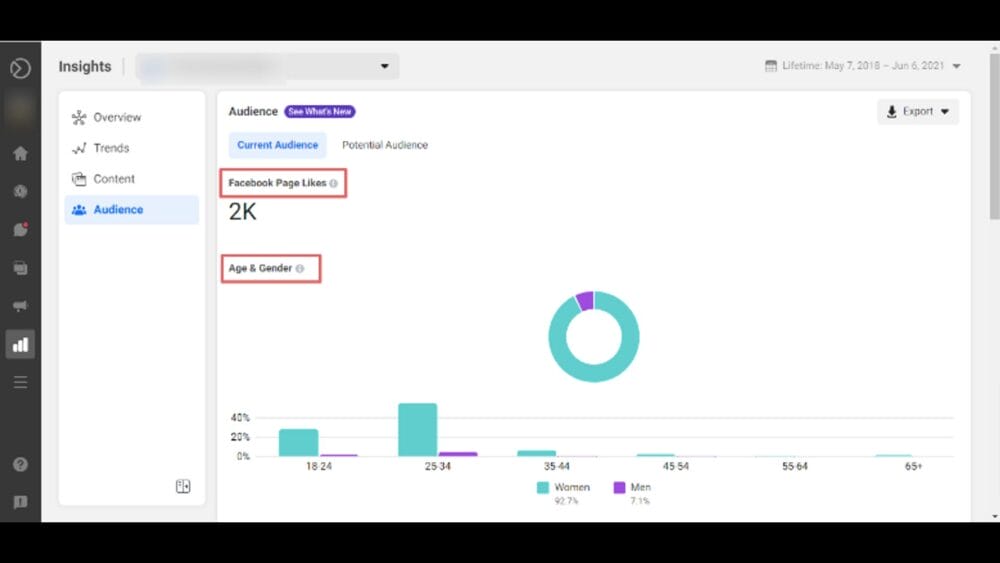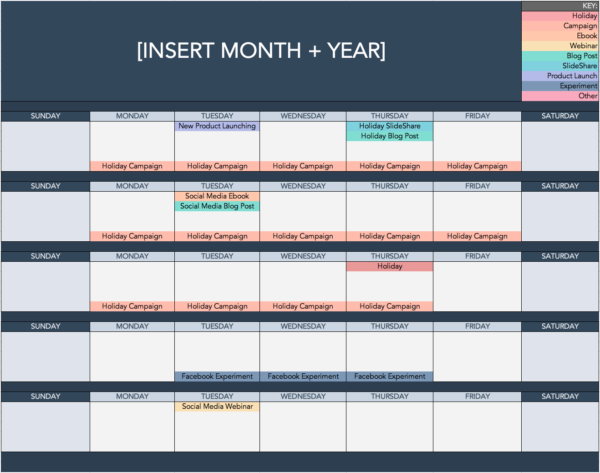5 Tips to Create a Winning Content Marketing Strategy for Your Startup
To help you with content marketing, we share some effective tips that will help you develop a winning content marketing strategy for your startup

Done right, your successful content marketing campaigns can take your startup to the next level. With a properly crafted content marketing strategy, you can generate more engagements, leads, and even sales. What’s more, the content you publish can establish your brand as an authority in your industry, putting you in a better position to win your potential customer’s trust and money.
TL;DR: Content marketing brings truckloads of value. You lose b-i-g t-i-m-e if you aren’t using it.
Just like in most marketing strategies, however, your content marketing campaigns need to be executed effectively if you want to get meaningful results.
That’s why having a carefully crafted marketing strategy is important.
To help you with this, we share some effective tips that will help you develop a winning content marketing strategy for your startup.
Get the Best Updates on SaaS, Tech, and AI
Why You Need a Content Marketing Strategy to Get More Conversions
When consumers are ready to convert, they do so. That’s all there is to it. The content marketing strategy, though, allows you to reach prospects at the exact moment they decide to buy.
A 2015 IBM study indicates that 63% of buyer personas believe their favorite brands don’t understand them well.
In a survey of 91% B2B marketers, 72% claim that it is this aspect that has made content marketing so effective for their organization.
Content marketing strategies separate those who are successful from those who fail to reach their audiences.
Show them you are an authority in your field to convince them. Provide more generous content than your competitors. Make sure your content marketing strategy reaches customers at the time when they need you most.
Perhaps you are unsure of where to begin when developing a content marketing strategy.
You can follow our detailed guide to reach as many of your audience as possible.
You will know the following once your strategy is in place:
- Set your goal
- Assess your existing content
- Establish your objectives
- Segment your audience
- Create an editorial plan
Content marketing strategy: A quick overview
From a 30,000 feet view, a content marketing strategy is your sequence of steps to effectively create and distribute content to accomplish your business goals.
Content Strategy
The term “content strategy” refers to managing all the content you have and repurposing successful pieces of content over time. By focusing on useful and reusable content, startup companies are able to scale themselves and be more flexible.
By creating content that inspires, entertains, educates, and addresses your target audience’s pain points, you can convert passive viewers into paying customers.
How to build your content marketing strategy
Below are five tips to help content marketers create and implement an effective content marketing strategy.
1. Set a goal
Setting goals doesn’t have to be complicated, but it can be. Feel free to use concepts such as SMART goals and OKRs if you’re familiar with them.
We prefer, however, to keep things simple.
We rely on search engines like Google and YouTube to drive targeted traffic from our content marketing efforts.
There’s nothing wrong with having a different goal. Among our common goals are:
- Increase your sales team’s inbound leads
- Promote your site by attracting links
- Increasing brand awareness with social media marketing
- Identify buyer personas and also identify the types of content they love
- Establish yourself as an industry thought leader
We will assume in this post that, like us, you wish to increase your targeted traffic.
2. Assess your existing content
Gather all your existing content and analyze related data to learn your current content and resources’ actual state.
This helps you determine the content types that attract your target audience effectively, those that bring you the best results, and the ones you need to add to or improve.
For instance, assess if you have the content, media, and other elements to build your portfolio website. You can also look at some of the best examples of portfolio websites for inspiration.
Doing so helps you get a better idea of the kind of content you should include to implement your content marketing strategies and achieve your marketing and business goals.
3. Establish your objectives
Ensure your marketing team is on the same page and that every piece of content you create is geared toward meeting your objectives.
Start by setting short and long-term goals that directly impact your marketing objectives.
Set a number on the amount of monthly traffic you want to generate, clicks, conversion rates, sign-ups, etc.
To have a clear grasp of where your marketing campaigns stand against the goals you’ve set, use reliable marketing analytics software. That way, you can tell, even in real-time, how close or how far you are at meeting your objectives.
Consider using these goal-setting frameworks to help you identify your objectives.
S.M.A.R.T.
This is the traditional method of planning and achieving your goals by setting specific, measurable, achievable, relevant, and time-bound objectives.
Objectives and Key Results (OKRs).
If Key Performance Indicators (KPIs) are too limited (in scope) or technical for you, establish OKRs instead to set more flexible objectives.
OKRs allow you to set each objective as a challenge, define three to four results per goal, and measure goals with a zero to 100% progress indicator.
Here’s a sample OKR spreadsheet template from Leapsome.

OKRs make your goals transparent and collaborative. You can assess them based on new conditions and adjust them if they become irrelevant.
The OKR approach lets you target an ambitious outcome but sets a minimum threshold to meet your target.
Plus, unlike KPIs that you can (usually) only reset every new quarter, you can update your OKRs any time when the initial conditions change. This prevents you from wasting resources working on objectives that are no longer relevant.
C.L.E.A.R.
This framework allows more flexibility when setting realistic benchmarks, helping you be more agile in a fast-moving environment. It lets you establish and evaluate your objectives through collaborative, limited, emotional, appreciable, and refinable goals.
4. Segment your audience
Effective content marketing allows you to reach your ideal audience and draw them to your website.
To do this, you’ll need to provide the relevant type of content that resonates with your audiences and addresses their pain points (among others). This means knowing who your target audience is to create and deliver content that will engage and attract them.
Start by segmenting your audience to determine your audience groups, helping you narrow down the content types to deliver to the right audiences at the right time.
Consider these factors when segmenting your audience.
Demographics
Grouping your potential customers by age, job type, geographic location, and more will help you determine the best times they’ll most likely need your products and act on your offer.
Use tools such as Google Analytics or Facebook Business Suite Insights (formerly Facebook Audience Insights) to get relevant details about your audiences across Facebook and Instagram.

The tool lets you view insights such as your Facebook page likes, your audience’s age, gender, location, interests, and top cities. If you search Google on these topics, you will find various white papers on these as well.
You can also filter and save audiences to use them in the Ads Manager feature for your Facebook ads.
Behavior
Segmenting according to behavior can show you what your target audience is buying, how often they make purchases, and why they buy specific products. You can use the Google Analytics behavioral data to process this as well.
This helps you tailor your content to reach your potential customers when they’re most receptive to converting into buyers.
Level of engagement
Sorting your audience according to your level of engagement can help you personalize your message depending on your previous or current interactions with them. The more you specify your audience, the better you can create and deliver valuable content.
You won’t waste time and resources building types of content that won’t interest your potential customers, helping you achieve your content marketing goals.
5. Create an Editorial Plan or a Content Calendar
Planning your piece of content is critical to allocate your marketing resources properly, assess which workflows take the longest time, and set realistic expectations and deadlines.

Here are two free social media content calendar:
After all, even if you’re using easy-to-use yet comprehensive online course platforms like Kajabi or Teachable to run your tutorials, you still need to map out your lessons to ensure you deliver quality and timely content.
Below are a few tactics to help you develop an editorial plan for your content marketing strategy.
Prioritize
Plan your actions to help you identify your top critical content creation tasks. This allows you to establish an efficient system to churn out content regularly and prevent potential major fails that cost you a chunk of your time and resources.
Look for relevant topics
Find topics that your target audience considers valuable and interesting as they move through the customer journey.
Use Google Trends to learn what people are searching for online based on a specific topic or search term. For instance, if you’re planning on focusing on a particular niche market such as pet owners, search for, let’s say, pet shampoo on Google Trends to gain some insights.

The tool will show you the interest for the search term over time based on the blog posts, web, image, and news, and YouTube searches, and Google Shopping.
You can also add other search terms and compare the trends. This helps you gain more insights into the topics your audiences are interested in. Needless to say, this will help increase organic traffic from the search engines as well.
After determining the right topics and format for your piece of content, add them to a content calendar. This simplifies tracking your upcoming deadlines, making your content marketing plan implementation more efficient.
Organize your tasks with an editorial calendar
Use a reliable marketing editorial calendar tool that lets you streamline your team’s communication and collaboration, monitor progress, and allow you to create, publish, and analyze your content efficiently.
Start developing a killer content marketing strategy
Your content marketing plan depends on your unique business needs and the approach that works best for your company (among others).
While there isn’t a one-size-fits-all strategy to achieve content marketing success, the tips in this guide can serve as your building blocks to develop your approach for your startup business.
Try out the methods mentioned here and see which ones work for your content marketing strategy.
FTC Disclosure: The pages you visit may have external affiliate links that may result in me getting a commission if you decide to buy the mentioned product. It gives a little encouragement to a smaller content creator like myself.


